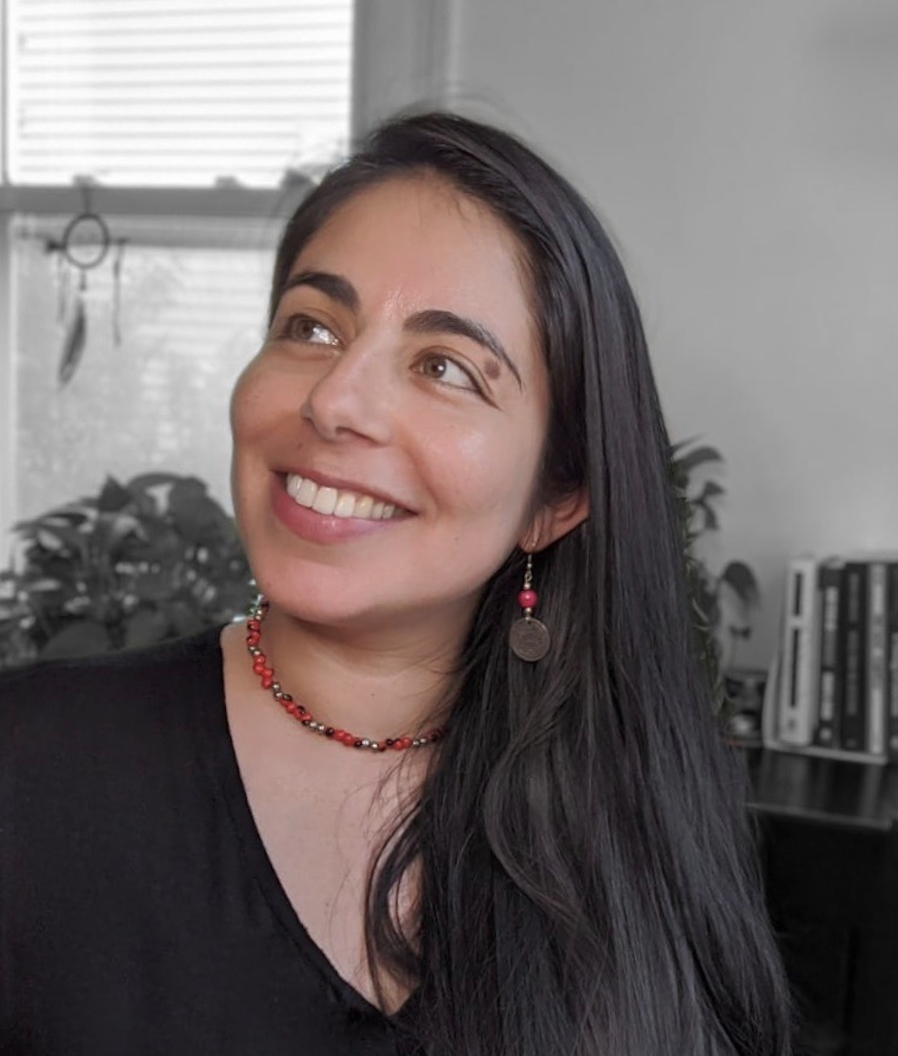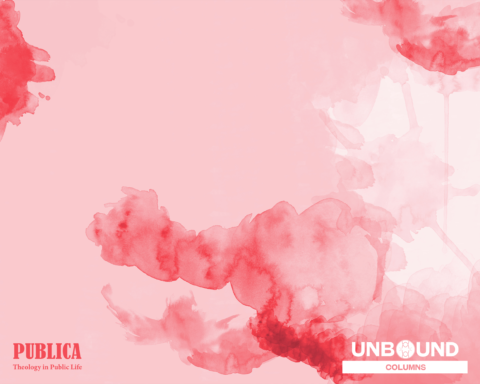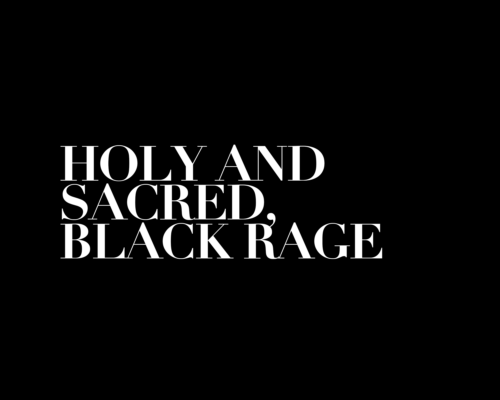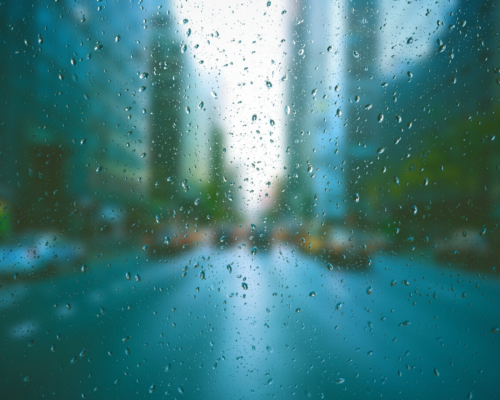In addressing COVID-19, governments around the world began to close borders, stop flights, and placed militaries on the street to force individuals to shelter in place. These efforts were not sufficient in the United States because the virus had already arrived – no amount of military or police force could stop its spread. Coronavirus had already reached the continent, crossed the vast oceans, and it did not come from impoverished immigrants or refugees, but from individuals who had traveled the world on vacation or for business in planes and cruise ships.
Currently, in the United States, more people have died from the pandemic than were killed in the Vietnam War, the attacks on September 11th, and Afghanistan War combined. As of May 26, 2020, 1,680,625 individuals have been infected, and the virus had claimed the lives of over 100,000 thousand people according to the Johns Hopkins University Coronavirus Resource Center.
Virus Exposing Inequality in the Country
The media narrative at the start of the outbreak was that the virus did not discriminate. Everyone embraced the idea of single humanity and how everyone is susceptible to the infection regardless of gender or ethnicity. We were all scared together; without being aware that was not the full truth. However, individuals living in poverty first began to notice everything was not the same. Though everyone was on the same ship, all the people were not on the same level.
The impoverished, as well as African American, Native American, and immigrants’ communities, were beginning to see the impacts of death face to face just as the elderly had. Reporters and citizens began to notice the disparities in deaths. Data emerged from the epicenter of the virus in New York City showing an overrepresentation of African-descendants in the number of people being hospitalized as a result of the illness, according to the U.S. Center for Disease Control and Prevention. The disease exacerbated critical situations in minority populations and communities that are still suffering from the financial impacts of U.S. government policy in terms of providing housing loans to individuals who were not of European descent.
COVID-19 showed its face of death, focusing primarily on the elderly and on communities that were considered “essential workers.” Instantly the doctors and nurses who treated patients were hailed as heroes while, slowly, the country began to see that all individuals forced to work were not necessarily heroes but were being sacrificed so that the country could continue “open.” Bus drivers, grocery store workers, gas attendants, farmworkers, meat processors, factory workers, and fast-food employees make up some of the least paid individuals in the U.S. economy. However, individuals in these professions were on the front line in terms of exposure to the virus and risk. In the capitalist society, the same people who work 12 to 14 hours are the same who live check to check; they do not make what they need to pay the rent, food, supplies, etc.
Prioritizing Wealth over Health
With the absolute number of individuals infected in the country growing daily, the strain on the health care infrastructure has been profound. The shortages of personal protective equipment, ventilators, and necessary materials have pointed a spotlight directly at the severe underfunding and mixed public/private nature of health coverage in the country. What is unclear, however, is whether people understand that there is no unified public health care system in the United States.
So, we have millions of people losing employment and healthcare attached to private employers, but the first thing the Federal government looked to do was to save the economy. Bills began to be signed, but the injections were more of money to corporations than of COVID-19 testing for citizens. Meanwhile, every 12 minutes in New York City, a person with COVID-19 dies.
Racism Emerges Once Again
While the majority of the world’s countries were under orders to shelter in place with mandatory quarantines to control the virus, a small segment of the Euro-American population claimed these measures impinged on their freedoms and rights. The primarily white protesters adorned with “Make America Great Again” paraphernalia and weaponry protested orders that were designed mainly to ensure their and others’ safety.
To portray control and authority, President Trump began to take over the daily Federal COVID-19 press briefings. The briefings provided some information to the press and public but often devolved into the meandering thoughts. These musings notably portray a lack of understanding at best and a callous disregard for life at the worst:
- “We cannot let the cure be worse than the problem itself.”
- “Vaccine or no vaccine, we’re back. And we’re starting the process.”
- “We did the right thing. Everything we did was right.”
We must look at the current inequalities by reflecting on what is happening right now during this pandemic. The quarantine is providing opportunities for individuals to realize they are in a position of privilege. Many millions of households are unable to telework in their jobs, and not working is equivalent to hunger due to the inability to pay bills, rent, or health coverage. Some people may think it is because the system is broken or rigged. However, the system works well for the privileged few, while the remainder of society is sacrificed for the economy. Indeed, the wealthy are becoming more prosperous as a result of this pandemic – while the poor are becoming poorer.
Theological Responses in the Age of COVID-19
“Who lives, who dies, who tells your story?” This refrain from the musical Hamilton is apt to how we respond and consider the impact of COVID-19 theologically. As Christians, we have to work to ensure that the deaths from the virus are not in vain, and no one else suffers the consequences of systems not designed for the benefit of people but only for corporations. Consoling those who have lost someone is critical; but we are missing our calling to speak the truth in times of crisis if that is all we do.
There is no one correct response that churches, and theologians should have to repeat in the face of the death and destruction of the ongoing pandemic. However, we must encourage congregations and leaders to avoid the trap of once again going to an “end of world” mindset as a result of the pandemic. In this line of thinking, the current pandemic is the latest sign of the “end of the world.” The death and suffering is God’s “punishment” for individuals not praying enough, reading the Bible enough, and not donating enough money to churches.
Using the pandemic to spark fear and obedience to empty, fatalistic, and irresponsible messages will not prepare the church and the believers of Christ to be the salt of the earth needed. I believe that churches and lay leaders must read God’s word but also re-consider the reflections of theologians of solidarity like Gustavo Gutierrez to help orient our response to the ongoing pandemic and guide how we must work to reconstruct communities of faith. In response to this situation, the dialogue with liberation theologies emerges as an act of resistance. Where is God to the impoverished of the world who look abandoned? Gutierrez writes that “Material poverty is a scandalous condition to human dignity” and, therefore, contrary to the will of God. Before COVID-19, there was surprisingly little attention to the experiences of poor people carrying the brunt of economic hardship, until many were forced to serve as essential workers to keep the country afloat.
If, as Christians, we believe in “Love your neighbor” as reflected in James 2:8, there is no way we can condone governmental policies that so obviously treat human beings not as individuals but commodities of the market. Upon recognizing this, how can we defend a government that does not value the lives of citizens because they are impoverished or because they are not white? Why is this evil pattern not causing more moral outrage? Christians are called to fight for equality, help reduce poverty, and defend justice, and this should be as important and as crucial as anything else we argue or fight for in the public sphere.
Under these circumstances, a believer might rightly ask, what is the church doing? It is possible if we ensure that all human life is valued, that those who get rich at the cost of the lives of the most impoverished are not celebrated but are condemed. Could this pandemic make visible the inequality that many of them already knew, but could this same pandemic promote change and repentance?
This pandemic is real, and as well as the impoverishment and inequality that millions of people experience day by day. If this situation does not mobilize us to serve those in need and show solidarity with them in terms of justice, resources, attention, what else can they do to make the church fulfill its mission? Just as we find in Luke 19:40, “I tell you, if these were silent, the stones would shout out.”

Social psychologist and contextual theologian, Yenny Delgado (she/her/ Ella) writes about the intersectionality between politics, faith, and resistance.
The column Publica is an ongoing dialog to encourage thought on the voices of the marginalized people who struggle for greater diversity in all aspects of society.






Unbound Social